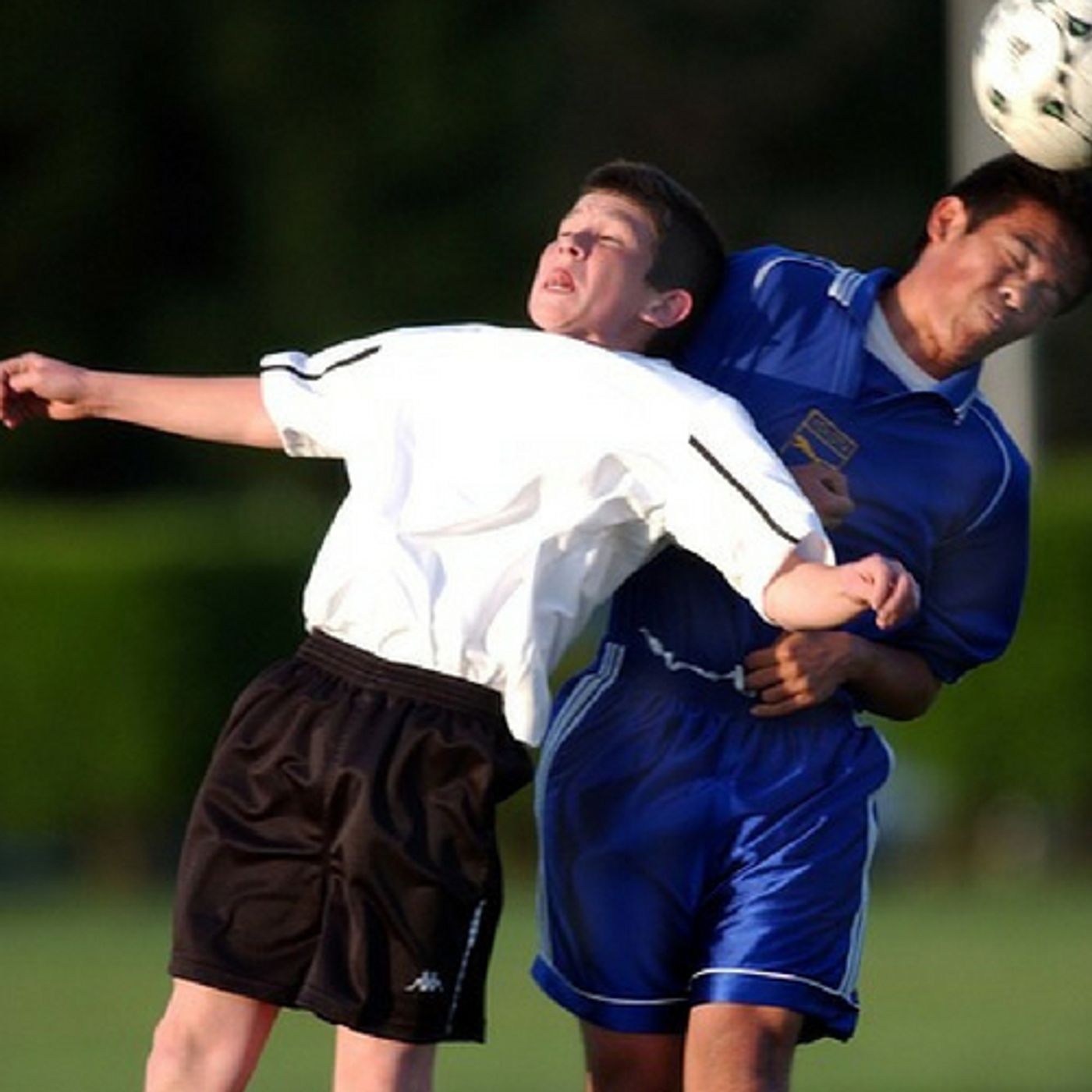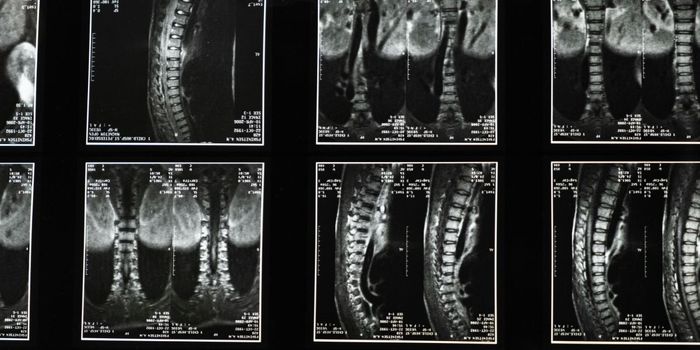Heading a Soccer Ball Causes More Injuries Than Collisions
In soccer, injuries can occur from collisions, falls and impact with the ball. A new research study from Albert Einstein College of Medicine shows that players who have cognitive decline most likely got that way from intentionally heading the ball rather than collisions with other players.
While many soccer leagues and organizations have taken steps to reduce crashes, heading the ball is taught and even encouraged in higher level play. The study was published in the journal Frontiers in Neurology and might lead to new protocols in the game.
The study leader, Michael Lipton, M.D., Ph.D., F.A.C.R. is a professor of radiology, psychiatry and behavioral sciences at Einstein as well as the medical director of MRI Services. He explained, "Unintentional head impacts are generally considered the most common cause of diagnosed concussions in soccer, so it's understandable that current prevention efforts aim at minimizing those collisions. But intentional head impacts -- that is, soccer ball heading -- are not benign. We showed in a previous study that frequent heading is an underappreciated cause of concussion symptoms. And now we've found that heading appears to alter cognitive function as well, at least temporarily."
Heading the ball in soccer has been the subject of many research studies, but Dr. Lipton's study is the first to compare the intentional practice of players bashing the ball with their heads, to accidental collisions. Some temporary cognitive issues have been seen in previous studies of heading, but accidents result in more concussions, so the practice of heading was largely ignored. The study included 308 amateur soccer players in New York City who agreed to fill out questionnaires detailing their soccer play and any collisions or injuries as well as how often they headed the ball. The surveys focused on recent games, asking players to recount details of their games in the two weeks before the study. The study also included neuropsychological tests that measured verbal memory, learning, psychomotor speed, working memory and attention span. The age range of the players was from 18 years to 55 years, and 78% of the study volunteers were male.
The players averaged about 45 instances of heading the ball in the two weeks covered by the study. Collisions and unintentional impacts were also tracked, and about 1/3 of the players had experienced at least one blow to the head from kicks, collisions, ground to head impact and goal post impacts. In the players who reported the most headings, there was a correlation between more headings and poor performance on psychomotor speed and tasks that required extended attention. There was a small correlation between higher amounts of headings and poor performance on assessments of working memory. In contrast, players who had unintentional head impacts did not show any decline in cognition.
While there was no severe impairment of the players, the researchers still assert that the findings are significant. In the study, they write, "However, we're concerned that subtle, even transient reductions in neuropsychological function from heading could translate to microstructural changes in the brain that then lead to persistently impaired function. We need a much longer-term follow-up study of more soccer players to fully address this question. Heading is a potential cause of brain injury, and since it's under control of the player, its consequences can be prevented."
Sources: Cosmos Magazine, Albert Einstein College of Medicine, Frontiers in Neurology









